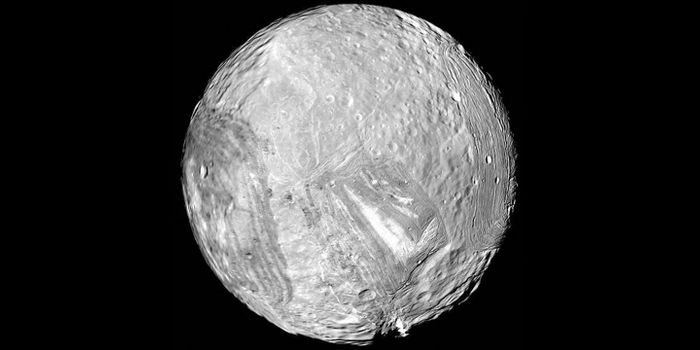These Contractors Will Develop Lunar Landers for NASA's Artemis Mission
NASA seems to be moving quickly to get the ball rolling for its lunar-centric initiative dubbed Artemis. The program aims to reignite humanity’s presence on the Moon in what can only be described as a long-term effort to expand humankind’s deep space capabilities. More importantly, the things we learn from the Artemis program could potentially assist with crewed missions to Mars and beyond in the distant future.
Image Credit: Pixabay
Artemis will involve a plethora of complex components, including but not limited to a Moon-orbiting space station called the Lunar Gateway and a presence on the lunar surface itself. In an announcement shared just this past week, NASA announced that it would count on the efforts of commercial companies Blue Origin, Dynetics, and SpaceX to develop the lunar lander systems that will be used throughout the Artemis mission.
“With these contract awards, America is moving forward with the final step needed to land astronauts on the Moon by 2024, including the incredible moment when we will see the first woman set foot on the lunar surface,” explained Jim Bridenstine, NASA’s lead administrator.
“This is the first time since the Apollo era that NASA has direct funding for a human landing system, and now we have companies on contract to do the work for the Artemis program.”
Related: Learn why NASA’s Artemis program is so important
NASA apparently expects the three aforementioned contractors to refine their lunar lander concepts by February 2021. For Blue Origin, this means developing the previously demonstrated Integrated Lander Vehicle (ILV), while for Dynetics, it means developing the Dynetics Human Landing System (DHLS), and for SpaceX, it means furthering development on the young but potentially capable Starship system.
Later on, the American space agency will determine which of the project(s) appear most sustainable. It will then fund those project(s) for demonstration missions that will help determine whether they’re safe enough for use in the official lunar missions or not. If they are, then they could help propagate humankind’s presence in deep space.
Related: The Moon is close, so why not colonize it?
It’s worth mentioning that the Artemis program won’t be a repeat of the original Apollo missions that already transpired five decades ago. Instead, NASA will use what it learned during the Apollo missions to help develop flight-proven technologies that can transport humans to and from the Moon safely for the sake of scientific research, economic exploitation, and to construct the diving board for a new generation of space flight.
We’re still a long way off from achieving everything Artemis sets out to do, but with all these experienced professionals working together, it almost seems like nothing is impossible. It’ll be interesting to see what becomes of all this.
Source: NASA









